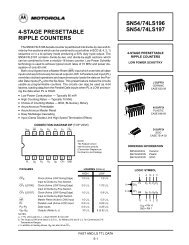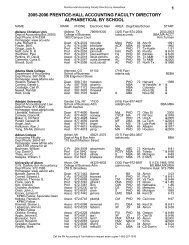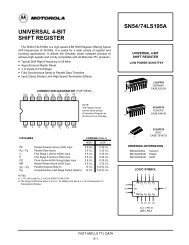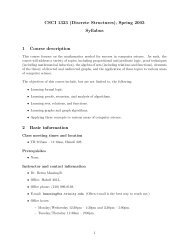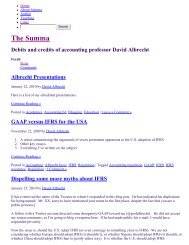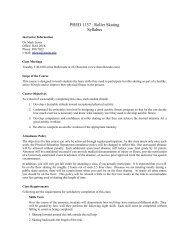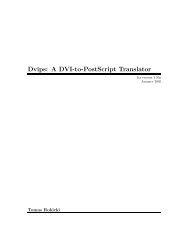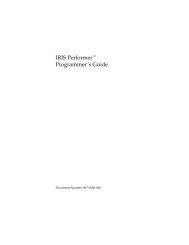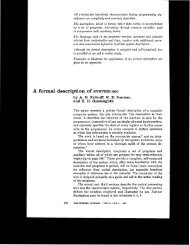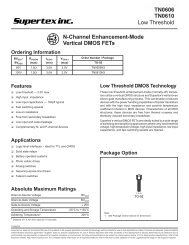fair value hedge accounting for a portfolio hedge of interest rate risk
fair value hedge accounting for a portfolio hedge of interest rate risk
fair value hedge accounting for a portfolio hedge of interest rate risk
You also want an ePaper? Increase the reach of your titles
YUMPU automatically turns print PDFs into web optimized ePapers that Google loves.
EXPOSURE DRAFT OF PROPOSED AMENDMENTS TO [DRAFT] IAS 39 AUGUST 2003<br />
Appendix<br />
The Principles that Underlie IAS 39’s Requirements <strong>for</strong><br />
Derivatives and Hedge Accounting<br />
This appendix sets out the principles that underlie IAS 39’s requirements <strong>for</strong><br />
derivatives and <strong>hedge</strong> <strong>accounting</strong>. It is an extract from a paper that was<br />
prepared <strong>for</strong> the roundtable discussions on IAS 39 that were held in<br />
March 2003. The full paper is available on the Board’s Website at<br />
www.iasb.org.uk.<br />
Principles underlying the ED’s requirements – derivatives<br />
1. The following principles underlie the ED’s requirements <strong>for</strong><br />
derivatives:<br />
(a) Derivative contracts create rights and obligations that meet the<br />
definition <strong>of</strong> assets and liabilities and, as a result, should be<br />
recognised.<br />
(b)<br />
Fair <strong>value</strong> is the only relevant measurement basis <strong>for</strong><br />
derivatives, because it is the only method that provides<br />
sufficient transparency in the financial statements. The cost <strong>of</strong><br />
most derivatives is nil or immaterial. Hence if they were to be<br />
reported at cost, they would not be included in the balance sheet<br />
at all and their success (or otherwise) in reducing <strong>risk</strong> would not<br />
be visible. In addition, the <strong>value</strong> <strong>of</strong> derivatives <strong>of</strong>ten changes<br />
disproportionately in response to market movements<br />
(put another way, they are highly leveraged or carry a high<br />
level <strong>of</strong> <strong>risk</strong>). Fair <strong>value</strong> is the only measurement basis that can<br />
capture this leveraged nature <strong>of</strong> derivatives—in<strong>for</strong>mation that is<br />
essential to communicate to investors the nature <strong>of</strong> the rights<br />
and obligations inherent in derivatives.<br />
Principles underlying the ED’s requirements – <strong>hedge</strong> <strong>accounting</strong><br />
2. Hedge <strong>accounting</strong> allows entities to depart selectively from the normal<br />
<strong>accounting</strong> treatment that would otherwise be applied to the items<br />
included in the hedging relationship. In particular, cash flow <strong>hedge</strong><br />
<strong>accounting</strong> provides an exception by deferring the recognition in the<br />
income statement <strong>of</strong> derivative gains and losses, whereas <strong>fair</strong> <strong>value</strong><br />
© Copyright IASCF 40




